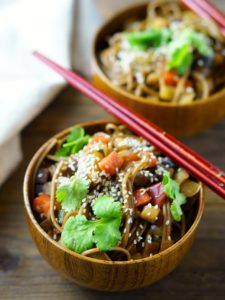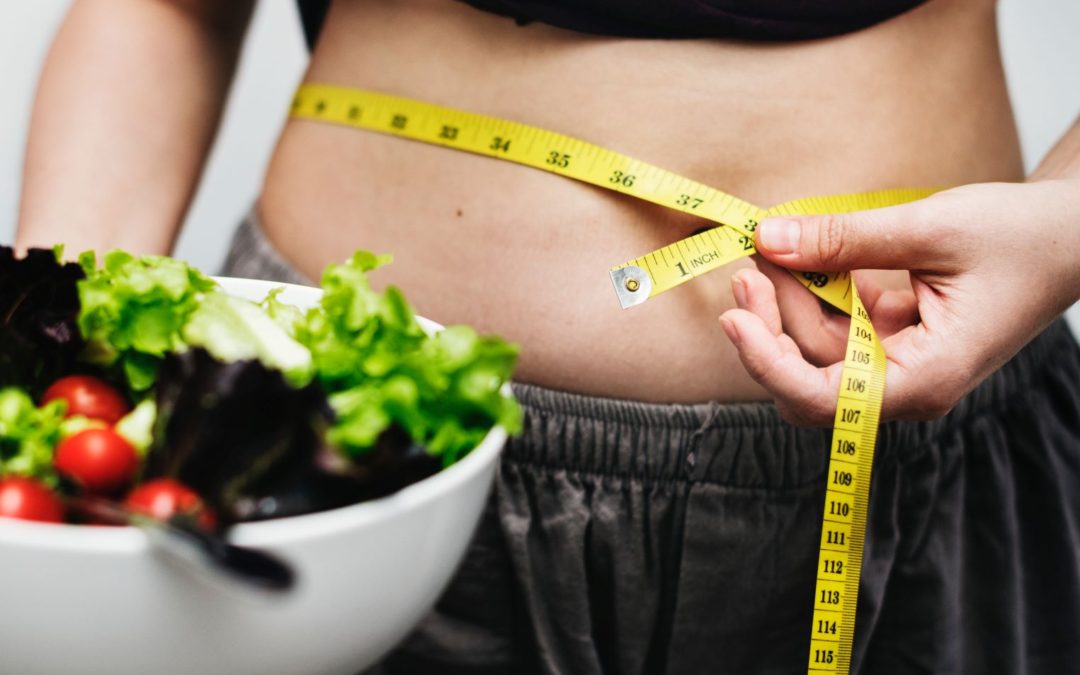I talk about this often with my clients. Although many of us live by the weight on the scale, that number numbers isn’t the quintessential element of a healthy lifestyle. For many though, the scale can become an obsession and it becomes a measurement of their success.
So, could YOU ditch the weight scale?
I was totally obsessed at one time with that number on the scale. And it eventually led me down the pathway to being close to anorexia. Having been overweight for the majority of my life, once I began to see “success according to the mighty scale,” I did not want that needle to go even one once above what it was. It was a slippery slope – and one I never thought I would find myself at the bottom of. But there I was and it became a real battle of the mind and emotions for me. I can so totally relate to both ends of the spectrum when it comes to weight.
But, we should keep in mind that there are many different factors besides weight that we should keep in mind when it comes to our health journeys. If you are struggling with the scale issue, keep it in perspective, because your weight only matters to a certain extent.
When I teach my classes, one of the things I often talk about is belly fat. So let’s talk a little about that – and about the circumference of the waist. What does that mean with regard to our health?
So what is the circumference of your waist?
Let’s think about your body shape for a moment. Compare yourself for a moment to the apple and pear. An apple is round around the middle and the pear is rounder around the hips and thighs. Do you know which shape you are?
Did you know the apple is associated with a higher risk of blood sugar issues (like insulin resistance and diabetes)? Also, it is associated with heart issues like high blood pressure, fatty blood, and even arterial disease.
This isn’t about the “muffin top” we sometimes hear about. No, the health risk is actually due to the fat inside the abdomen covering the liver, intestines and other organs. This is known as visceral fat. It’s the visceral fat that is the biggest source of health issues.
Let me explain further. Visceral fat releases fatty acids, inflammatory compounds, and hormones that can negatively affect your blood fats, blood sugars, and blood pressure. And guess what! Apple-shaped people tend to have a lot more hidden visceral fat than pear-shaped people.
So you can see that where our fat is stored is much more important than how much we weigh.
By now, you might be wondering how the heck you figure out if you are an “apple or a pear.” Good news! It’s pretty simple to find out if you’re in the higher risk category by simply measuring your waist circumference with a measuring tape.
So here’s the scoop.
Ladies, if your waist measures 35” or more you could be considered to have abdominal obesity and be in the higher risk category. For the guys, the number is 40”.
Obviously, there’s a lot more involved than this simple sort of test, and by now means is that a tool for you to diagnose something. There are lots of risk factors involved with chronic diseases, and the circumference of your waist is just one of them. So if you have concerns around this, you should absolutely check with your doctor.
As we reach midlife and beyond, the whole belly fat becomes a much bigger issue for us. So many different factors are involving for helping you deal with this issue. Let me share a few tips to help you reduce your belly fat.
Tips To Help Reduce Belly Fat
Eat more fiber. Fiber helps us feel full and also helps to reduce the number of calories we absorb from our food. As we know, it also keeps our bathroom habits more regular which is a big plus. Where can you naturally find fiber? Try high-fiber foods such as Brussel sprouts (one of my favorites), artichokes, legumes, parsnips (another of my favorites), avocados, flax and chia seeds, banana, raspberries, and blackberries. This is just a small example of the many foods you can eat.
Add protein to your diet. Protein reduces your appetite and makes you feel full longer. It also builds muscle. Protein is an important component of every cell in the body. However, we should not overdo our intake of protein either. Check out this Web MD article for more information on protein.
Lower your sugar intake. Yes, I’m talking about getting rid of the processed, sweetened foods! This especially means the sugary sweets, those sweet drinks, and even 100% pure juice.
Move more. Get some aerobic exercise. Walk and take the stairs whenever possible. Lift some weights. Fit in movement wherever and whenever you can. It all adds up.
Get more sleep. Make sleep a priority. It can make you feel so much better. It’s not just about the quantity but also about the quality of your sleep. As we age, we feel we have more trouble sleeping and often struggle with waking up in the night. Check out my tips on sleep in one of my blogs.
Stress less. Seriously! We all seem to have a lot of stress in our lives, but elevated levels in the stress hormone cortisol have been shown to increase appetite and even be a cause of abdominal fat. So check out my blog on stress reduction
These are just a few ways you can help with your belly fat. How many of these tips will you try implementing today?
Working Towards Losing Belly Fat?
Are you working towards losing inches off your waist to help you look and feel amazing, vibrant and healthy? Would you love to go through midlife feel energized and healthy? Take advantage of my offer of a free call with me so I can help you further. Schedule >>HERE<<
Roasted Vegetable Zen Bowl
Ingredients
- 2 broccoli large bunches
- 1 lg. onion finely chopped
- 1/2 lb. carrots roughly chopped
- 2 Tbsp. coconut oil
- 2 tsp. dried thyme
- Sea Salt to taste
- Black pepper to taste
- 2 Lemons juiced
Instructions
- PREHEAT: Preheat oven to 400 degrees F.

- CHOP: Chop broccoli into florets and add to a large mixing
bowl. Add chopped onion and carrots. Coat with coconut oil, thyme, sea salt,
and black pepper. Mix well and spread onto a baking sheet. Bake for 20 minutes.
Turn the vegetables over, then bake for an additional 10 minutes or until
brown. - SERVE: To serve, add roasted vegetables to serving bowls.
Top with choice of protein and lemon juice.
Notes
roasted chicken

